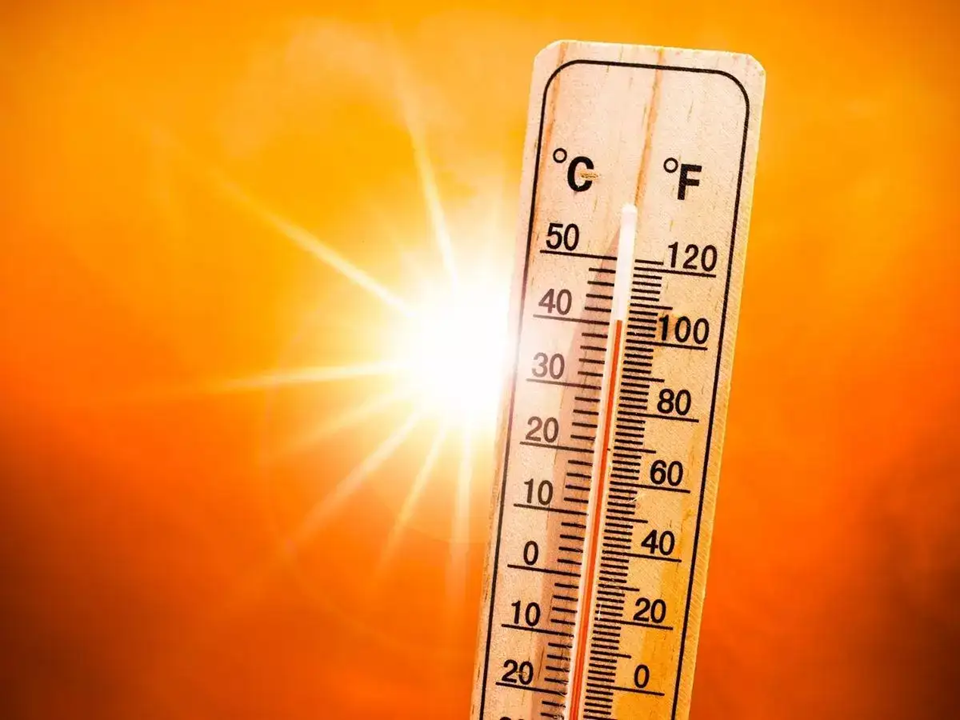
NASHIK: As the summer season peaks, it brings with it a general loss of appetite and a craving for cold, refrigerated foods for instant relief. However, these habits may be detrimental to one’s health.
Dr. Avinash Gore, paediatrician and medical officer at the District Hospital, Nashik, has issued an advisory on preventing heatstroke, along with suggested treatment options.
“Let me talk specifically about the people of my taluka, Igatpuri, where I work. Igatpuri was once called the Cherrapunji of Maharashtra, famous across the state as a cool destination during summer vacations. Even today, it retains some of that charm. However, we can all see that the Igatpuri-Ghoti region has now become extremely hot and humid. Igatpuri is known as the taluka of dams, but even these dams are starting to dry up. We hear reports like, ‘This dam has only so much water left.’ We urgently need to take these issues seriously,” said Dr. Gore.
He listed several precautions to prevent heatstroke, particularly for people in rural areas. “Avoid going out between 12 noon and 4 pm. Do not walk on roads under the scorching sun. Farmers should also follow this guideline, as the current heat is intense and dangerous. Protect children and pregnant women from the heat. Avoid cold foods and drinks. Refrain from consuming ice lollies, ice creams, cold drinks, or chilled water—especially in the afternoon—as these can lead to infections and fever.”
He added, “Stay hydrated gradually. Don’t wait to feel thirsty before drinking water. Sip small quantities throughout the day rather than consuming large amounts at once. Include hydrating foods and drinks like buttermilk, lemon sharbat, kokum sherbet, and coconut water. Avoid spicy, oily, or heavy foods, as well as tea, coffee, and alcohol. Eat cooling foods like watermelon, carrots, apples, beets, cucumbers, grapes, and millets to help keep the body cool.”
Dr. Gore also urged people to minimise unnecessary heat exposure. “Avoid going out in the heat unless absolutely necessary. Many believe that water and food from the fridge help keep the body cool. This is a myth. These can actually be harmful and should be avoided. Water stored in earthen pots is the best option. Bathing with cool or lukewarm water is a good way to prevent heatstroke, especially after returning from the sun.”
He advised people to wear white or light-coloured clothes, as dark colours absorb more heat. “Use white handkerchiefs, caps, or scarves. Wear loose, soft cotton clothing for comfort.”
Gore said symptoms of heatstroke include nausea, vomiting, dizziness, headache, reduced or yellowish urine, difficulty breathing, shortness of breath, muscle pain, confusion, disorientation, seizures, abdominal pain, cramps, fever, or a body temperature reaching up to 40°C.
“If these symptoms appear, visit a doctor immediately. At medical facilities, we provide appropriate treatments such as IV fluids, ORS (Oral Rehydration Solution), cold sponging to reduce body temperature, and wiping the patient with cool cloths. In some cases, decisions are made based on the patient’s condition,” he said.

